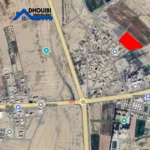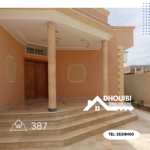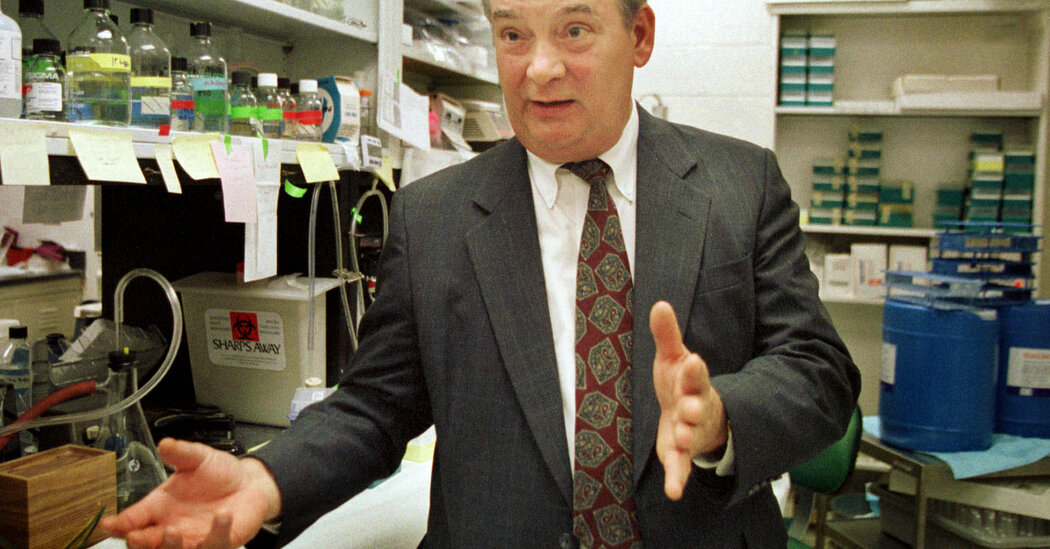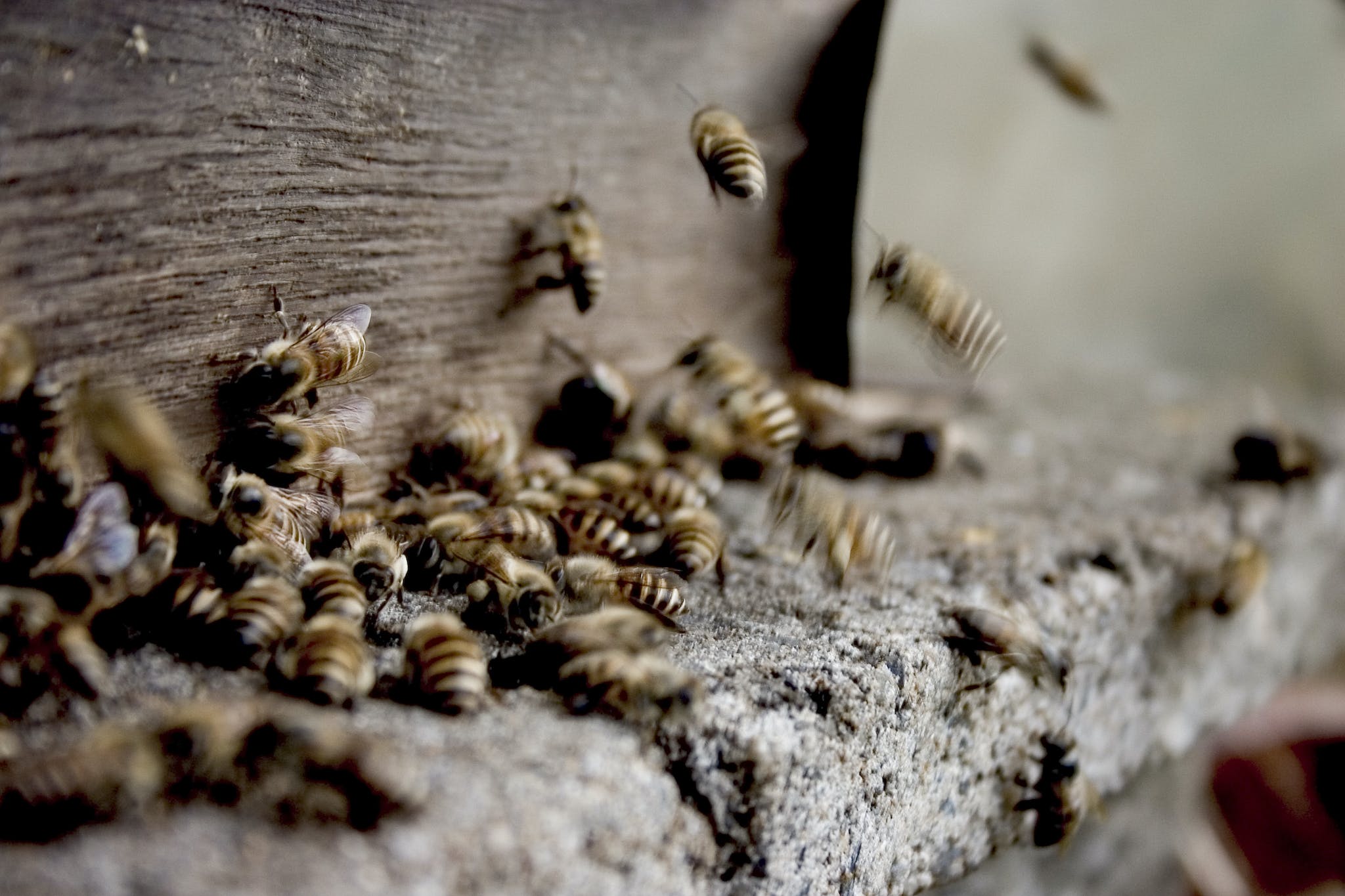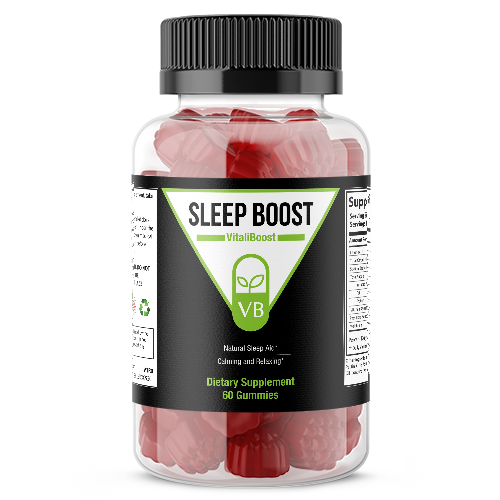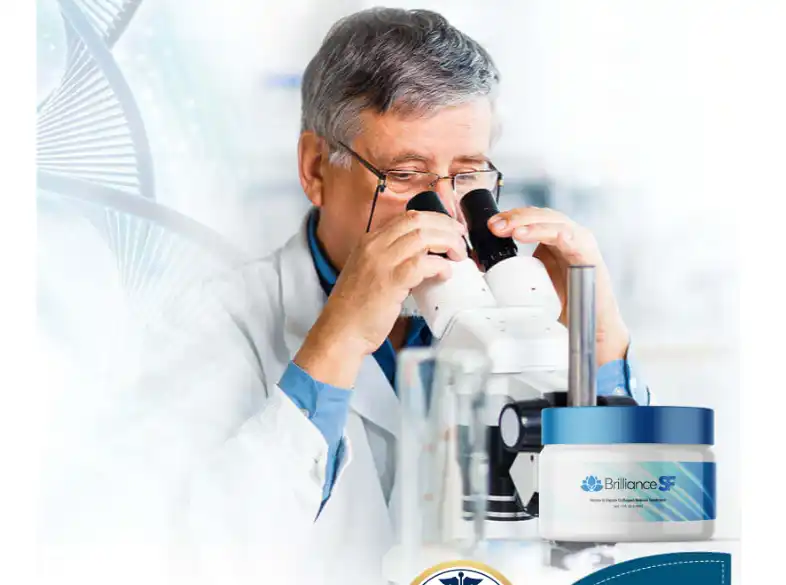Ferid Murad, a pharmacologist whose research into the effects of nitric oxide on the heart and blood vessels enabled widespread advancements in the treatment of cardiovascular disease, hypertension and erectile dysfunction, and which earned him a share in a Nobel Prize in 1998, died on Monday at his home in Menlo Park, Calif. He was 86.
His son, Joe Murad, confirmed the death. The cause was not immediately known.
Doctors had been prescribing nitroglycerin for angina and other heart ailments for over a century — including, coincidentally, to Alfred Nobel, who founded the Nobel Prizes.
But no one knew exactly how it worked. And no one suspected that the active agent could be nitric oxide, a cancer-causing free radical most often associated with pollution (and not to be confused with nitrous oxide, or laughing gas).
Dr. Murad, who began his work while teaching at the University of Virginia, made his discovery in part by accident.
He already knew that an enzyme, cyclic guanosine monophosphate, stimulated blood flow. But he wanted to know how. He tried different approaches using blood-vessel tissue, which, following usual procedure, he fixed with a toxic substance that contained nitric oxide.
He noticed that the substance unexpectedly caused the tissue to expand. It didn’t take long to conclude that the nitric oxide was responsible.
Louis J. Ignarro, a professor at the University of California, Los Angeles, made a similar discovery around the same time, and not long after Robert F. Furchgott, at the SUNY Downstate Medical Center in Brooklyn, had attacked the question from a different angle, hypothesizing that some sort of signaling agent was responsible for regulating blood flow. The answer, they all decided, was nitric oxide.
Their discovery was not initially embraced by the medical community.
“People just didn’t want to believe that this free radical could act like this,” Dr. Murad told Texas Monthly in 1999. “Nitric oxide was known for destroying things.”
The researchers, working separately but in close communication, pressed ahead, and by the end of the 1980s had established that nitric oxide worked as a sort of signaling agent in the cardiovascular system, similar to hormones or neurotransmitters.
The discovery made possible a wide variety of drugs, most famously Viagra, which facilitates erections by increasing blood flow to the penis. It also saved the lives of countless premature babies, whose underdeveloped lungs needed stimulation, and patients with cardiovascular disease, which restricts blood flow.
In 1996, Dr. Murad and Dr. Furchtgott won the Lasker Award, a prize for medical research often seen as a precursor to winning the Nobel in Physiology or Medicine. They won the Nobel two years later, along with Dr. Ignarro.
After Dr. Murad received the phone call from Stockholm informing him that he had won, he told The New York Times that he had “pondered the odds and thought that maybe I could win the prize, if not now maybe in a couple of years.” Still, he said, he was surprised to receive the Nobel. “When it happens, it’s incredible.”
Ferid Murad was born on Sept. 14, 1936, in a small apartment over a bakery in Whiting, Ind. His father, John Murad, was born in Albania as Jabir Murat Ejupi, only to have his name altered by an immigration officer when he arrived at Ellis Island in 1913.
He and Dr. Murad’s mother, Henrietta (Bowman) Murad, ran a restaurant where Ferid and his two brothers, John and Turhon, worked from an early age — first as dishwashers, then as waiters. All three went on to earn doctoral degrees.
Ferid, known to his friends as Fred, studied pre-med and chemistry at DePauw University. A few weeks after he graduated, in 1958, he married Carol Leopold.
Along with their son, she survives him, as do their daughters, Christy Kuret, Carrie Rogers, Marianne Delmissier and Julie Birnbaum, and nine grandchildren.
Dr. Murad was among the first students in a new M.D./Ph.D. program at Case Western University in Cleveland; he graduated with degrees in medicine and pharmacology in 1965. To make money on the side, he delivered babies at the nearby Cleveland Clinic.
He conducted his residency at Massachusetts General Hospital in Boston and later worked at the National Institutes of Health, the University of Virginia and Stanford University.
He also spent nearly a decade, in the late 1980s and early 1990s, in the private sector, working first as a vice president at Abbott Laboratories and then as the founding president of Molecular Geriatrics, a medical research company. But he grew homesick for the academic lab, and moved to the University of Texas Medical School at Houston in 1997 and was affiliated with it when he won his share of the Nobel.
He later worked at George Washington University and returned to Stanford as an adjunct professor in 2016.
Dr. Murad continued working on nitric oxide and the human body, submitting a grant proposal just weeks before his death. And he remained astounded at the scope of the field of research he had helped open.
“There was a time when I could read all the papers and keep up with the field,” he said in a 2022 lecture. “But now it’s impossible.”
#Ferid #Murad #Nobelist #Gas #Aid #Heart #Dies


